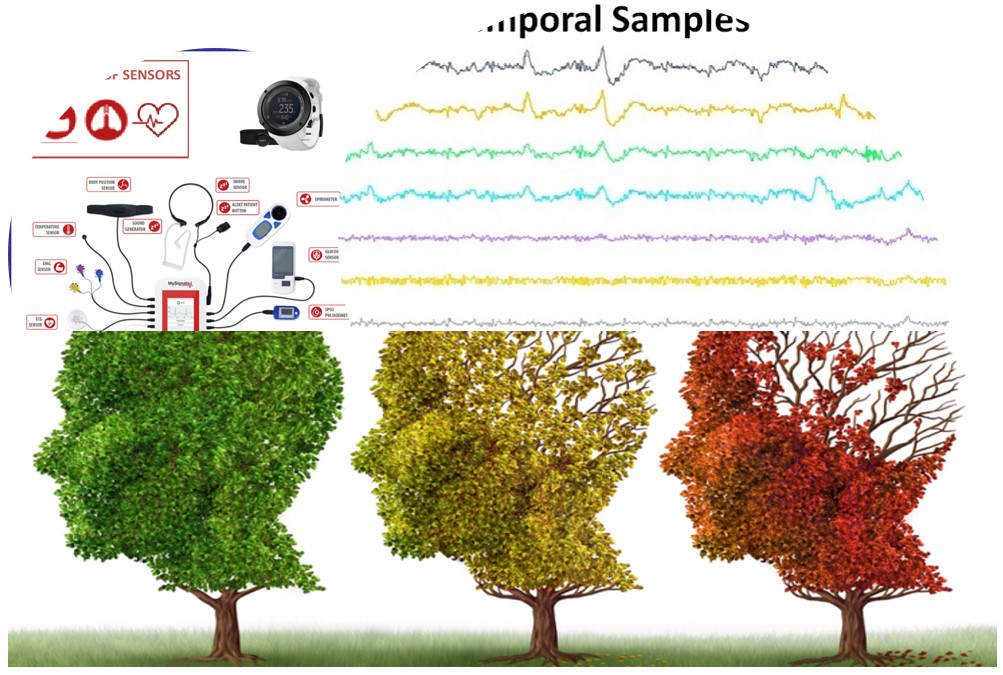Pilot cognitive tasks must deal not only with a procedure, but also interleaving with different interruptions such as the controller instructions, the ECAM warnings and other emergent issues. One goal of E-PILOTS project is to evaluate the potential of cognitive computing flight deck supporting tools to preserve the situational awareness of the pilots while improving their performance in stressful flying scenarios.
The aim of this study is to recognize several levels of workload from EEG and ECG sensors in different scenarios. For that we collected 4 different datasets: 2 with a serious games and 2 with flight simulator systems.
CITATION
If you want to use this dataset in your research, please cite this database as:
Hernández-Sabaté, A.; Yauri, J.; Folch, P.; Piera, M.À.; Gil, D. Recognition of the Mental Workloads of Pilots in the Cockpit Using EEG Signals. Appl. Sci. 2022, 12, 2298. https://doi.org/10.3390/app12052298
PARTNERS
Department of Telecommunications and Systems Engineering – UAB
Aslogic S.L
FUNDING
This research is partially supported by the H2020 Clean Sky 2 project: “E-PILOT: Evolution of cockPIt operations Levering on cOgnitive compuTing Services” (Grant Agreement No. 831993)




